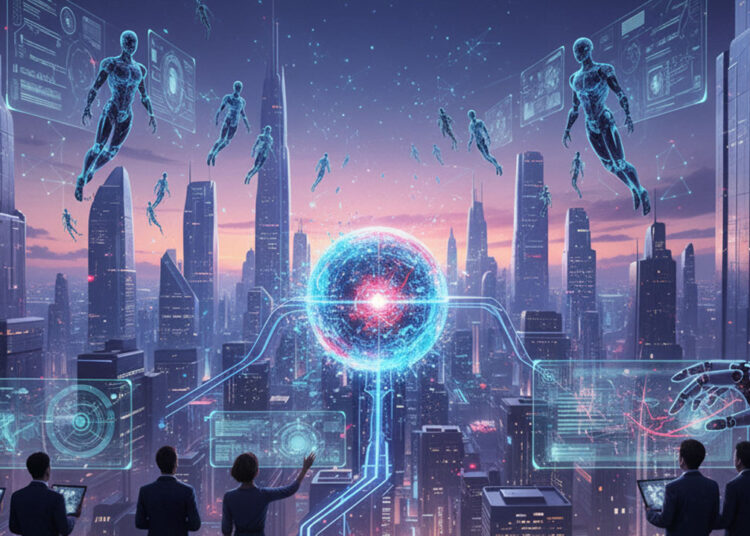One possibility is that, in some cases, a quarter-like rate might sound reasonable. It even offers an encouraging outlook beyond many gambling games. However, when Dario Amodei, CEO of Anthropic and speaker at the Axios AI + DC Summit, considers the chance of artificial intelligence resulting in a “disaster that could lead to societal collapse” at 25%, this forecast doesn’t seem very optimistic. “There is a 25% chance that things will go very badly,” says Amodei, who also emphasizes that “there is a 75% chance that things will go very well.”
The meaning of the “very bad” scenario is not just about risks related to automatic spelling errors; it refers to scenarios that could threaten social systems. Misguided artificial intelligence, rapidly growing technologies, and potential dangers to existence are among the topics Amodei points out. At a time when AI discussions are often associated with extreme scenarios, he adopts a stance that both accepts risks and emphasizes the necessity of progress.
Another feature of Amodei is that he is one of the leaders managing this technology, working behind the AI called Claude, developed by the company he leads. Despite being aware of the risks, he is in the leading team building this future. His analogy is also noteworthy: “Would you prefer to walk if someone told you there’s a one-in-four chance that your car will explode every time you start it?” In response to this question, Amodei states that he would start the engine and try to fix the problem.
Amodei, who has made notable calls in the past, mentioned that artificial intelligence could eliminate some white-collar jobs and criticized the export of advanced chips from the US to China. His approach offers an interface that clearly presents possibilities without ignoring risks and advocates taking action.
The 75% hope still doesn’t seem like empty optimism. According to Amodei’s perspective, artificial intelligence could make significant progress in healthcare; improve manufacturing processes; and contribute solutions in fighting global issues. However, issues like energy consumption must also be taken into account. Risks are large enough not to be underestimated, and therefore strict regulations, audits, and safety measures are essential to ensure safe benefits. Ultimately, the future is shaped into a picture with 75% brightness and 25% darkness; so, where will we stand in this balance?









